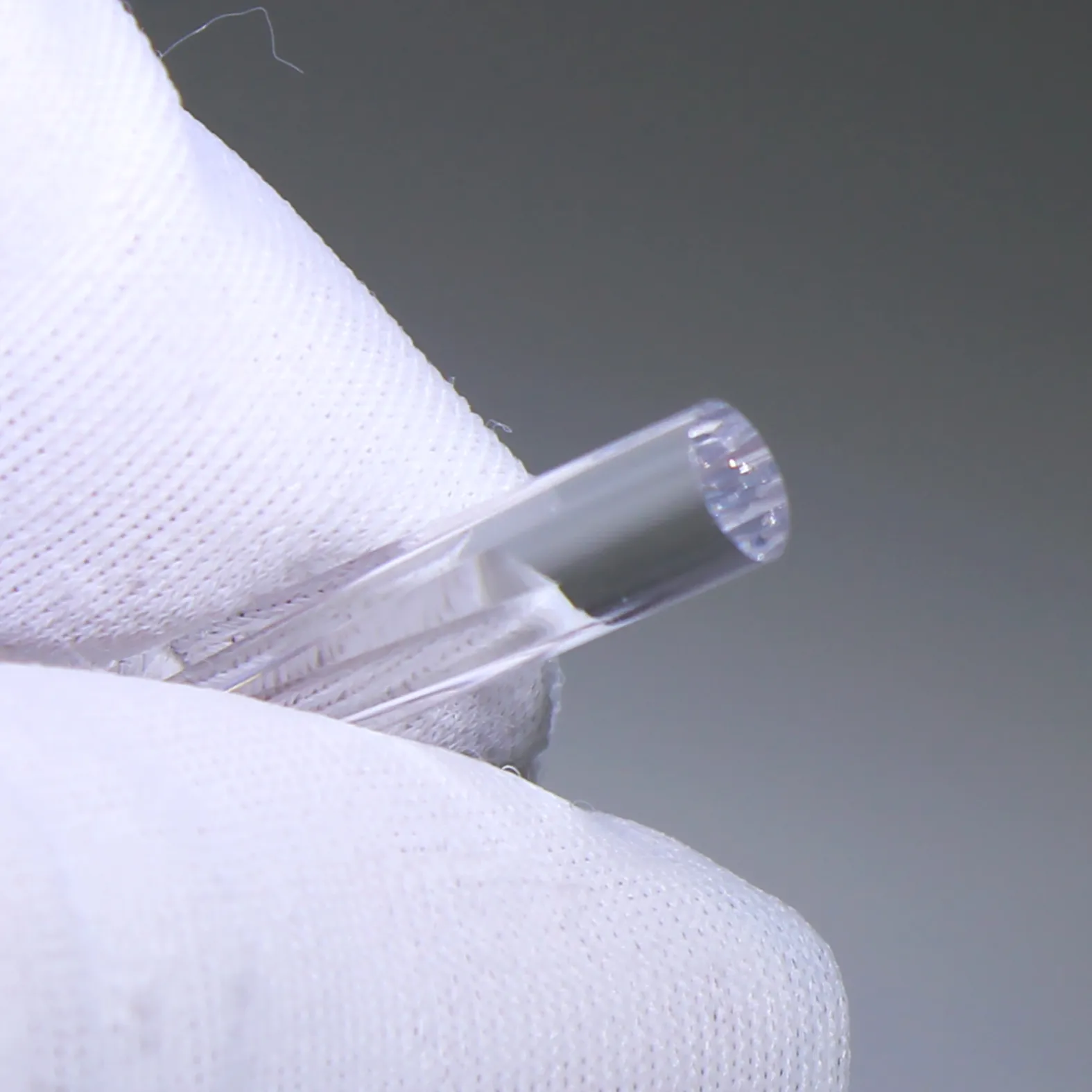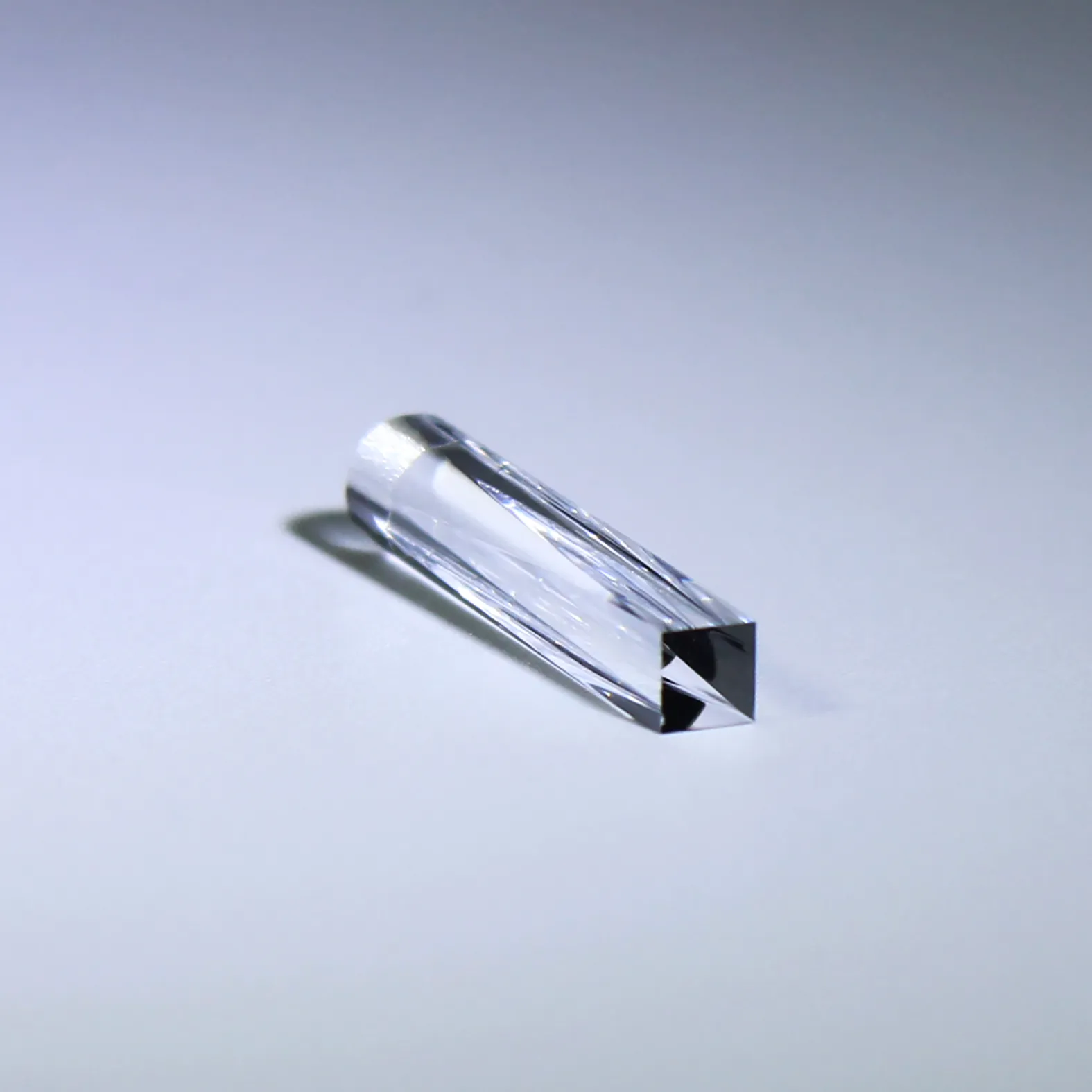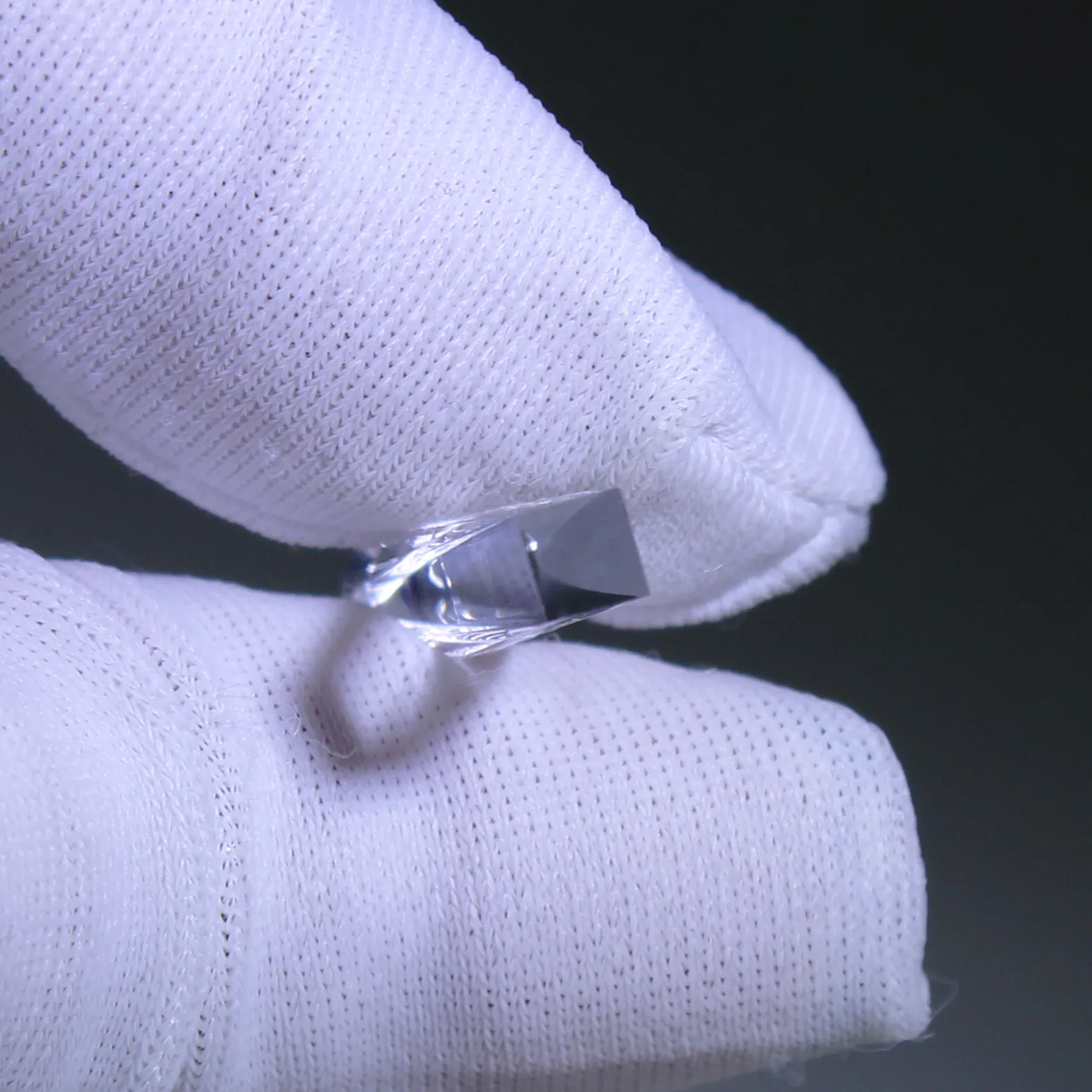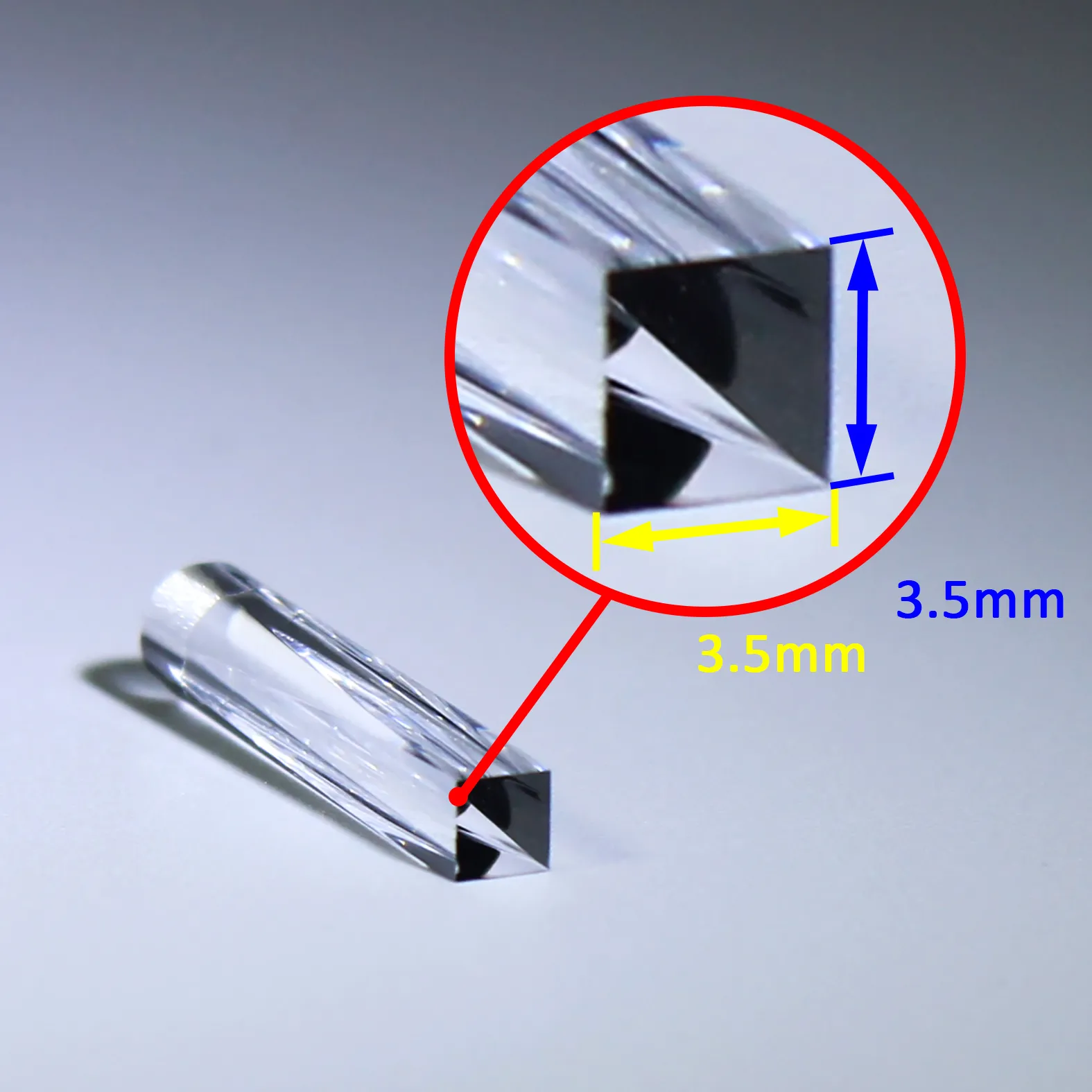Optical High Transmittance Rod Cylindrical Lens with AR Coating
Dimension: 0.8mm-20mm
Surface Accuracy: lambda/10
Size Tolerance: +/-0/0.1mm
Angle Tolerance: +/- 1 degrees
Coating: Optional
Rod Lenses are polished on the circumference and ground on both ends. Optical performance is similar to a cylinder lens.
Rod lenses are cylindrical lens which has the geometrical form of a cylinder and has a polished mantle, while the two flat end surfaces may be ground. It is analogous to a ball lens for
focusing in both directions.
Types of Rod Lenses
Rod lenses are available with different optical materials, glasses like fused silica and BK7, but also with crystalline materials like YAG or silicon, e.g. for infrared optics.
A rod lens can have diameters of a few millimeters, but there are also cylindrical microlenses with substantially smaller diameters. Small-diameter rod lenses are frequently used as fast-
axis collimators for diode bars.
Specifications of custom rod lens
| Material | Quartz |
| Surface | Full polishing |
| Application | LED light |
| Length | 25mm |
| Diameter | 5mm |
| Side length | 3.5mm |
Focal Length of optical glass rod lens
There are two different definitions of focal length of a rod lens. The effective focal length, which is the distance between a plane through the center of the lens and the beam waist of an initially collimated input beam, is given by the equation ![]()
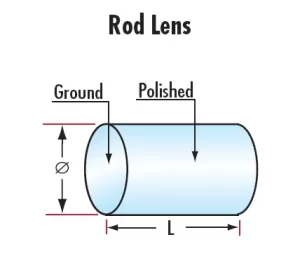
People also ask
- What are lenses used for in optics?
Lens, in optics, piece of glass or other transparent substance that is used to form an image of an object by focusing rays of light from the object.
- What is the difference between spherical lens and GRIN rod lens?
Unlike a traditional lens, a GRIN lens affects the optical path by varying the index of refraction within the lens itself. In contrast to a spherical or aspheric lens, all optical path lengths (refractive index multiplied by distance) are the same in a GRIN lens due to the radially varying refractive index.
Our Ordering Process
Send us your request with detailed specifications
Receive a commercial offer with terms and costs
After your approval, we handle manufacturing, quality control, and shipping
📦 Shipping
3-5 days in EU, from 10 days to USA
💳 Payment methods
Cash, Bank Transfer, Cards (Visa, Mastercard, Amex, Discover) and PayPal
💬 Questions?
Contact us via WhatsApp, phone, live chat or email
